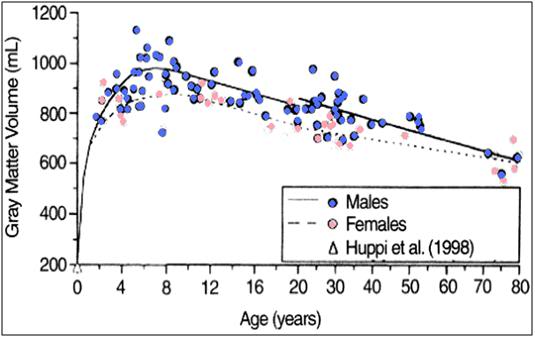Anti- Alternative Milk
Homogenization is done by forcing milk through a small geometry valve at very high pressures (1500-2500 psi). The effect of this treatment is to break the natural fat globule (average size ~10 micrometers) into much smaller fat globules (average size
Within the first 10-20 seconds after homogenization, proteins and segments of the original membrane form a new membrane on the surface of the smaller fat globules. The addition of the protein to the surface of the fat globules and the reduction in the size of the globules results in the reduction in the ability of the globules to float to the top of the milk. During this process, the milkfat is not exposed to air as the process is done in an air tight system containing only milk. Milkfat is made up of 98% triglycerides, which are extremely stable to changes during processing. The only way that milk will spoil faster after homogenization is if the homogenizing system is not properly cleaned and sanitized.
Another factor that may be thrown out is the xanthine oxidase. Dr. K. Oster proposed a theory in 1971 that xanthine oxidase released from the milk fat globule membrane during homogenization was a contributor to atherosclerosis. To this end, I would have you read the following review article.
There is not much if any support for this theory but a lot of people are still using it to scare customers into paying higher prices for cream-line milk.
Dr. Partridge drinks homogenized store milk himself, although he said he has to take the jugs from the back to avoid the “light oxidized flavor that is prevalent in milk stored under direct fluorescent lighting.” This is not a man who drinks milk without consciousness.

